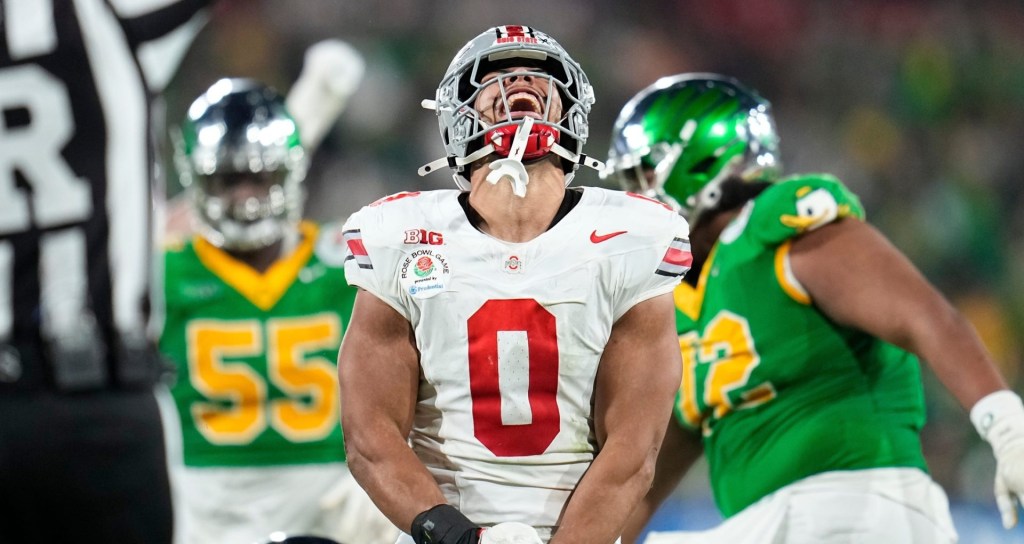Until July, it’ll be unclear whether a gender pay gap will appear in college sports like it has in the pros.
But if it does manifest, experts have a few ideas about how to mitigate it.
Potential Solutions
College athlete NIL is a completely new market, where experts still don’t have a concrete formula for valuations, Lebel said. It may be useful for athletic departments to “establish benchmark prices” for NIL deals to treat men’s and women’s sports athletes equally.
“If it’s just an open market, that scares me a little bit,” Lebel said.
Some NIL supporters, however, have advocated for as little athletic department or NCAA intervention as possible.
NIL companies can help too, by incentivizing companies to partner with women’s sports athletes. Icon Source, an NIL marketplace, recently launched a campaign in which they wouldn’t charge fees for the first 50 companies that agreed to sign deals with female athletes for at least $10,000.
Educating athletes — particularly in women’s sports — about their potential NIL value is also key. American ski jumper Sarah Hendrickson, now a spokesperson for the Icon Source initiative, told FOS that even she didn’t realize her potential worth until one brand wanted to work with her because of her “story” in particular.
Now, she’s reaching out to women’s sports athletes to start making money.
Power of Gen Z
Despite the potential issues, Lebel sees one factor to fight the gender pay gap from the start: Gen Z.
The new generation of athletes are particularly savvy with building their own brands, especially on social media, Lebel said. And that bodes well for their NIL potential, given that there’s a shift to valuing sports through digital metrics rather than linear TV metrics.
Lebel also thinks that if Sedona Prince’s viral TikTok showed us anything, it’s that Gen Z college athletes aren’t scared to expose inequity publicly. If a company paid men’s sports athletes more for a similar deal, Lebel believes these athletes would find out and let the world know.
“For a really long time in women’s sports, women athletes were groomed just to be grateful for any opportunity that they got,” Lebel said. “That’s not good enough anymore.”

















